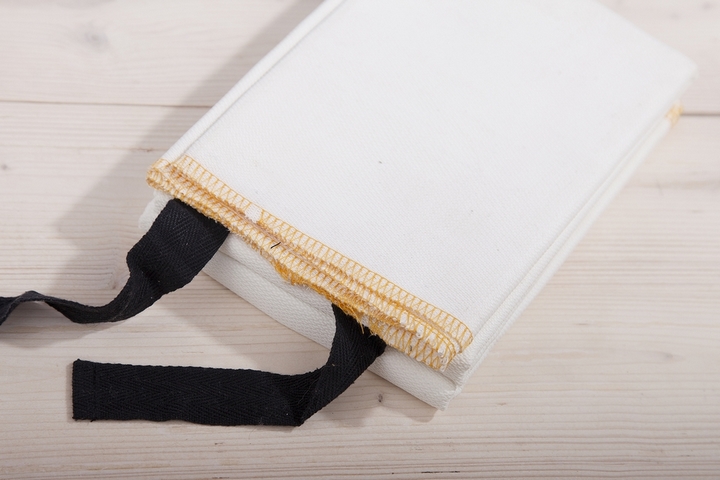
Heat resistant materials are essential behind the scenes for maintaining safety and enabling the conveniences of modern day living. Industrial facilities, emergency services, scientists, builders and even homeowners often find themselves in need of or using, materials or products designed with the intention of managing, dispersing, or eliminating possible heat and fire-related dangers altogether. Almost all walks of life have a need for these materials, but surprisingly, many of them aren’t often recognized for their heat resistant benefits.
One of the many reasons that the heat management properties of specific materials and products often go unnoticed is simply because it isn’t usually essential to understand those values at a consumer level, and sometimes even a professional level. Many of the standards that houses are built to for example exist in order to reduce disasters or accidents related to fire, but once the materials are in place, they’re out of mind for the average homeowner.
There are plenty of useful and sometimes life-saving heat resistant materials and products worth keeping around the house, and even more materials in use every day behind the scenes. Below, we’ll look at a mix of both.
1. Concrete
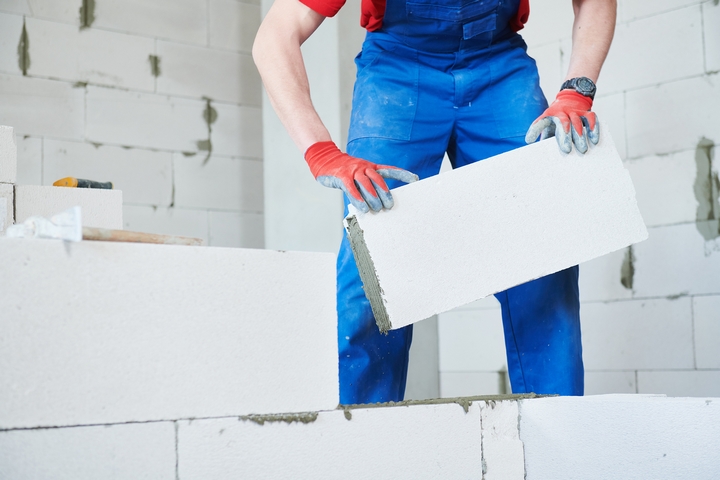
Outside of emergency and especially industrial fields, one of the most vital uses for heat resistant, and particularly fire retardant materials, is in construction. Constructing buildings in such a way as to reduce the risk and possibility of fire-based disasters is essential, especially for residential buildings. Residential fires claim thousands of lives on a years basis, often in situations where residents aren’t capable of quickly responding, such as sleep. Completely fire-resistant materials are impractical to build with and quite costly, so for homes, it largely comes down to limiting the possibility and greatly increasing the time an unfortunate disaster would take to spread.
As far as practical home building materials are concerned, concrete is an effective solution. Quality concrete doesn’t combust and maintains low thermal conductivity. Well made, high-quality concrete can even provide superior heat resistance and hamper the spread of fire better than many high-quality metals, such as steel.
2. Fire Blankets
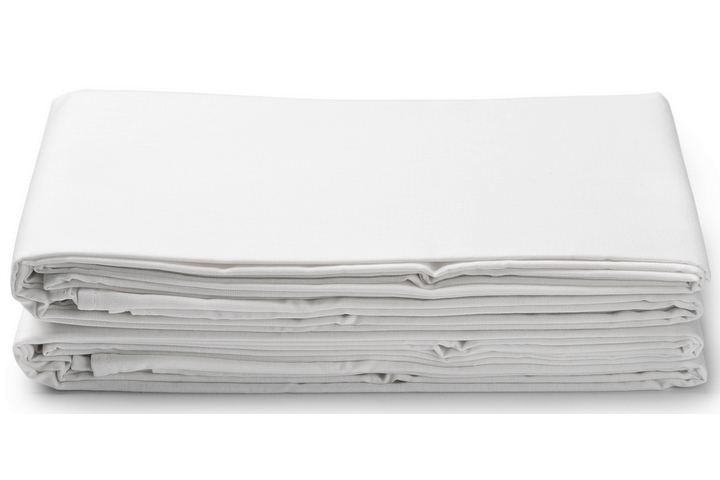
In the event of a fire starting to get a bit out of hand, a fire blanket can be a life-saver. Fire blankets are a type of emergency safety device designed to eliminate fires before they get out of control. Fire Blankets can be made from a variety of materials, most commonly fibreglass or kevlar for those designed for home use.
Fire blankets eliminate fires by starving them of oxygen, an essential component for maintaining a fire. With oxygen cut off, fires are quickly and safely eliminated, preventing a dangerous situation from spinning out of control.
3. Fibreglass
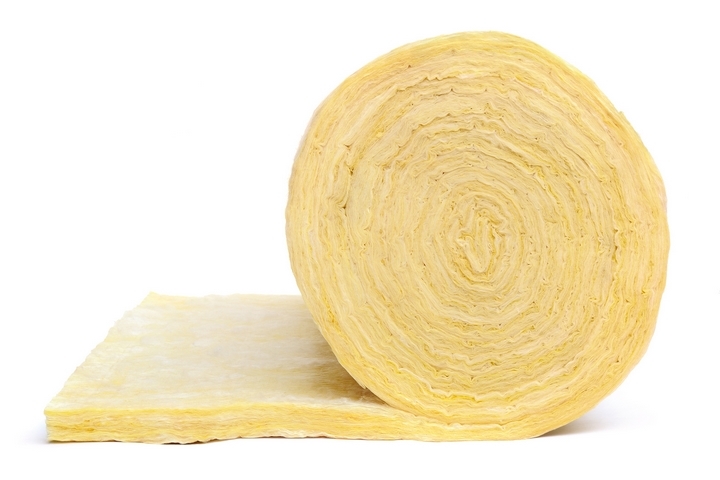
Fibreglass sees use in many different fields thanks to its relatively inexpensive nature, its strength to weight ratio, and its heat resistant properties. Not all fibreglass is made equal in regards to heat management, with certain varieties of fibreglass formulated to better manage even the most extreme of temperatures. The moldability, lightweight nature, and thermal insulating qualities of fibreglass make it an excellent material in many applications, and it performs well even under continuous exposure to extreme temperatures up to and beyond 520C.
4. Heat Resistant Sleeves
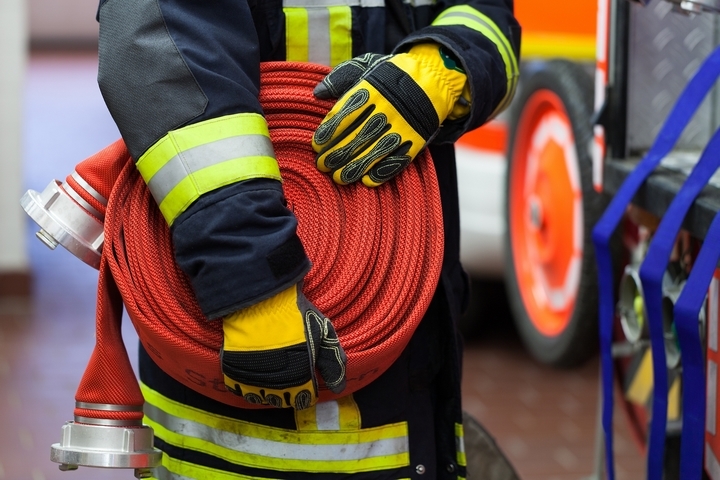
Another vital piece of heat resistant equipment, especially for emergency personnel, are heat sleeves. Heat sleeves have a variety of crucial uses, such as providing a lightweight means of achieving high-quality protection for firefighters and other emergency workers, covering firehoses, and even covering extremely hot industrial piping. Heat sleeves are made with different materials depending on the intended application, such as fibreglass, kevlar, or even volcanic rock.
Heat resistant products and materials are nearly ever present in day to day life, and although they often go unseen, behind the scenes they successfully mitigate dangers, save lives, and provide a level of safety and security.
